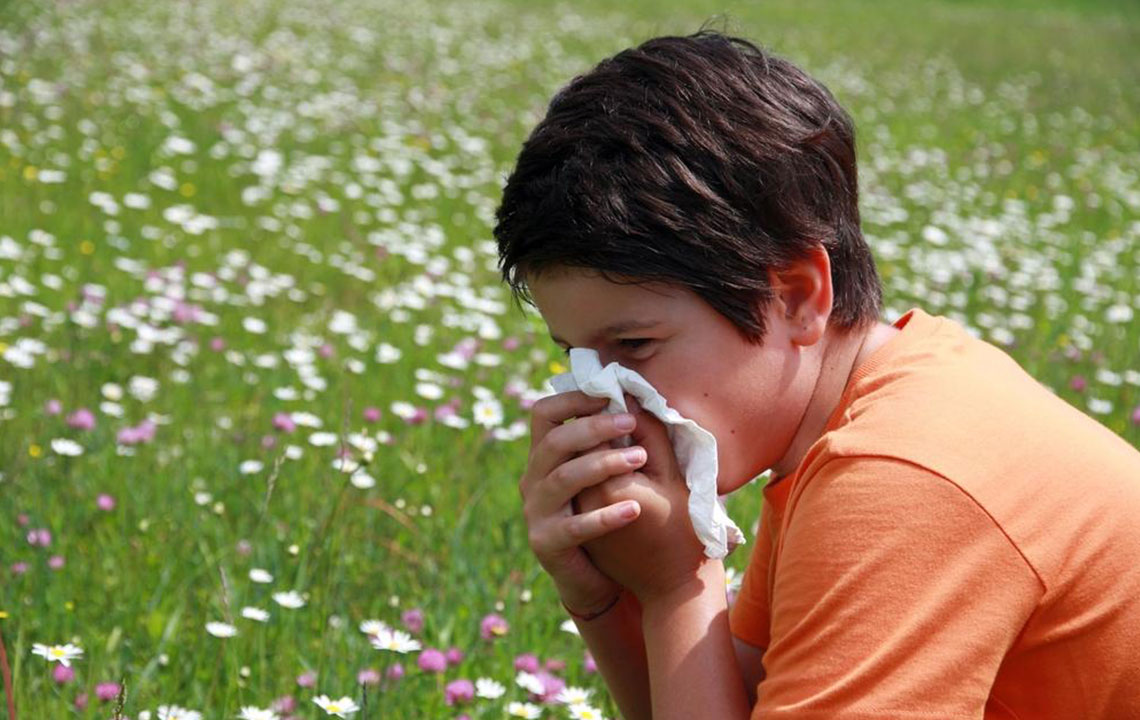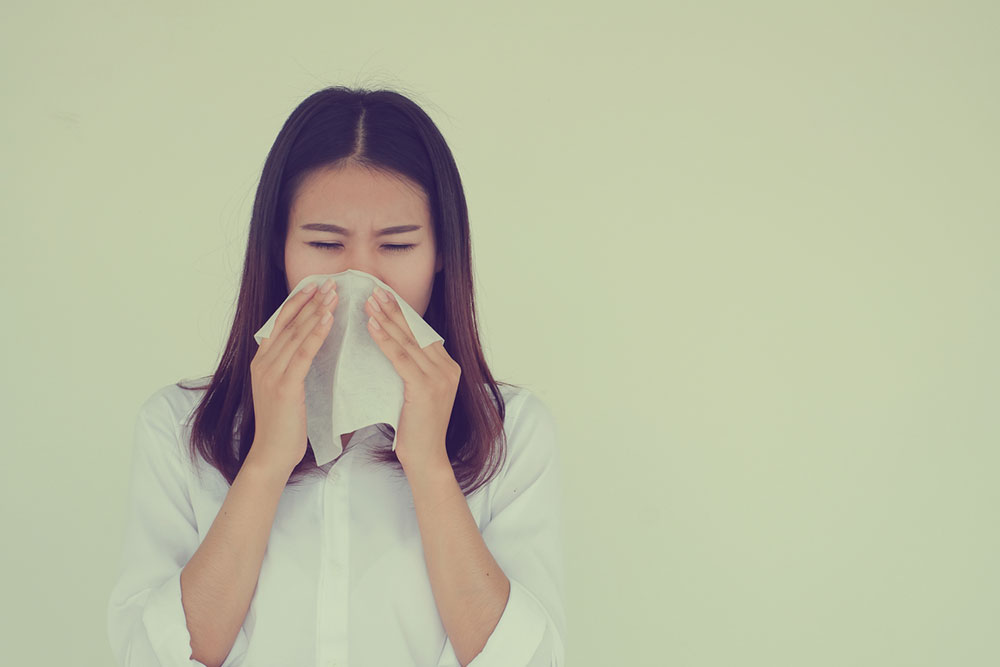Identifying the Key Symptoms and Signs of Mold Allergy for Better Health Management
Mold allergy can cause a range of symptoms similar to colds, including sneezing, cough, and nasal congestion. Persistent exposure to mold, especially during rainy seasons, can worsen these symptoms and impact respiratory health, particularly in children and sensitive individuals. Recognizing early signs of mold allergy helps in effective prevention and management, reducing health risks associated with prolonged exposure. Maintaining a clean, dry indoor environment, vigilant monitoring for symptoms, and seeking medical advice are crucial steps in managing mold allergy effectively. This article provides comprehensive insights into identifying mold allergy symptoms and protecting your health.

Understanding the Symptoms and Indicators of Mold Allergy
Mold presence is widespread across various indoor and outdoor environments, often growing unnoticed in areas with high humidity or moisture. Typical sites include basements, bathrooms, attics, laundry rooms, and regions adjacent to lakes or bodies of water. Due to its hidden growth habitats, mold can go unnoticed for extended periods, making it a significant concern for individuals sensitive to mold spores. For those with allergies or respiratory sensitivities, exposure to mold can trigger a variety of allergic reactions, often resembling symptoms of a common cold or upper respiratory infection. Recognizing these signs early is essential for effective management and prevention of more severe health issues.
Key symptoms of mold allergy include:
Persistent runny nose (rhinorrhea) that does not subside
Coughing episodes, often dry and persistent
Frequent sneezing fits, especially in certain seasons or environmental conditions
Itchy, sore throat caused by postnasal drip
Congestion in nasal passages, leading to difficulty breathing through the nose
Signs that may suggest your symptoms are mold-related:
If you notice that your nasal congestion, sneezing, and other allergy symptoms persist across different seasons without improvement, mold could be a contributing factor, as mold spores thrive year-round in moist environments.
Worsening symptoms during rainy or humid weather, when mold growth is facilitated by increased moisture, is a common indicator.
Gradually increasing severity of allergy symptoms over time, coupled with recurrent sinus infections or respiratory issues, may signal ongoing mold exposure.
The manifestation of allergy symptoms such as persistent nasal congestion, watery or itchy eyes, and post-nasal drip can become increasingly severe with prolonged and frequent exposure to mold spores. Over time, this can impact overall health, leading to chronic respiratory problems or aggravating existing conditions like asthma.
Are children at risk?
Children sensitive to mold allergies may display subtler or more difficult-to-trace symptoms. Mold spores can originate within enclosed spaces like homes and schools, especially in older buildings where mold growth might be hidden behind walls, ceilings, or under carpeting. Outdoor exposure, such as playing in parks or on muddy grounds, can also lead to mold contact. Children with pre-existing respiratory conditions or asthma are particularly vulnerable to mold-related health issues, including infections and exacerbation of symptoms. Ensuring a mold-free environment both indoors and outdoors is essential to safeguard children’s respiratory health and overall well-being.





